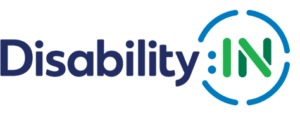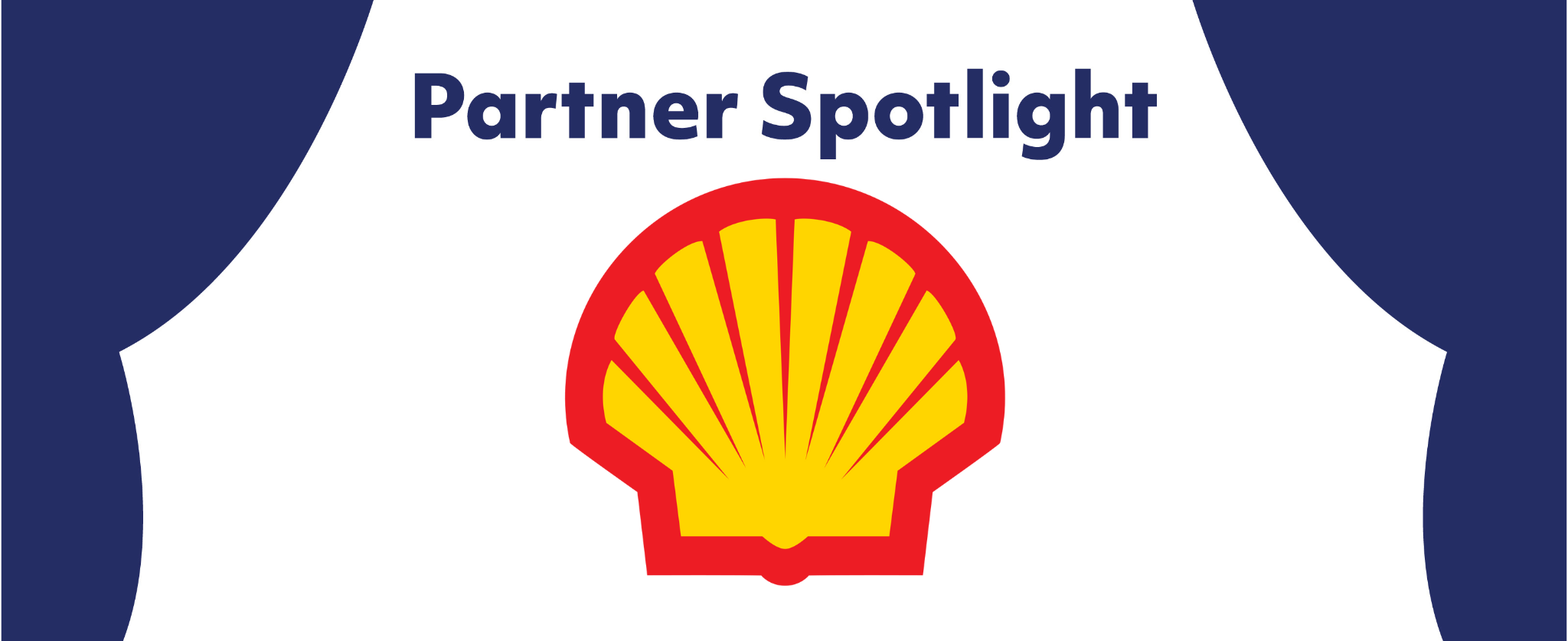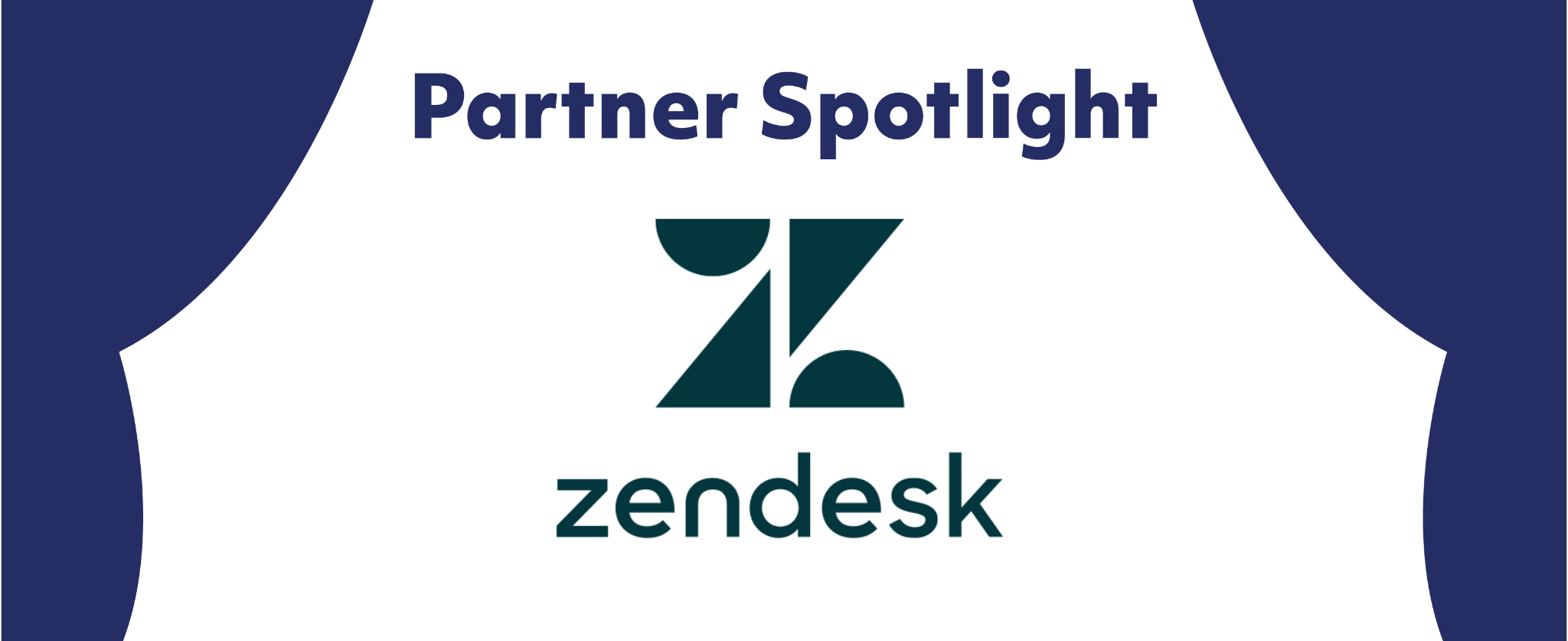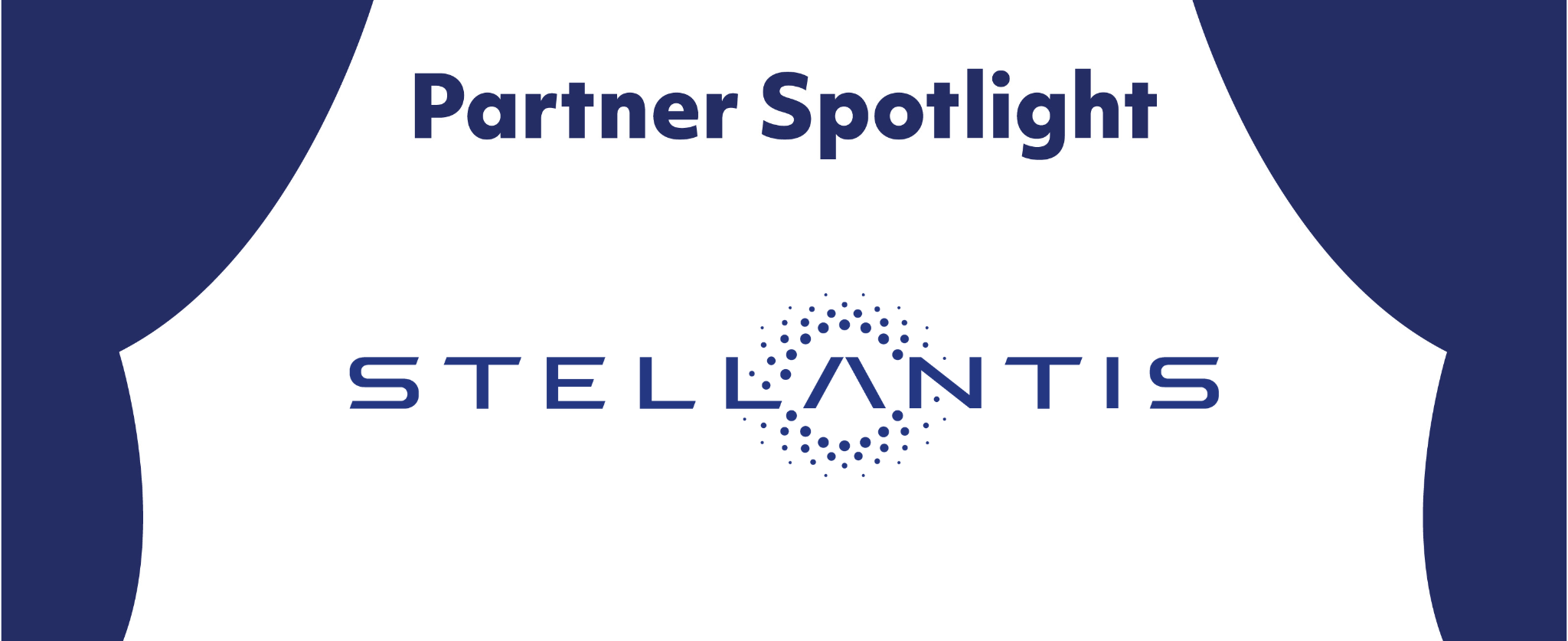
Inclusive communication matters. For us, it’s personal.
Written by Martin McKay, Founder & CEO, Texthelp
We live in a diverse world. Naturally, the way we each communicate is also diverse. All of us have our own way of thinking, understanding and expressing ourselves. For some, how they communicate isn’t through personal choice, but a result of personal needs. Inclusive communication recognizes this. For every organization, it should be part of their DNA. At Texthelp, it’s at the heart of our whole organization. In fact, it’s our core purpose. I’ll explain why.
The important discovery of a 12 year old…
Let me take you back a few years. When I was 12 years old, my father had a severe stroke. He lost the ability to speak. He found it difficult to read and communicate. He was unable to express himself, and I could see that he was incredibly frustrated. As you can imagine, at that formative age, it impacted me deeply. But it also led to a lot of personal growth. It’s when I learned first hand about some of the barriers that can exist in the world.
At that time assistive technology was not broadly available – in fact in those days most written communication was on paper. My dad couldn’t access information or services without help. Until then he was a driven and independent man, and I know he did not enjoy having to depend on others for communication, and often people were making assumptions about what he wanted to say. I believe that to be able to live with as much independence as possible is something we all deserve. I decided to make it my mission to make a change, and I thought that technology held the answer. In 1996 I founded Texthelp and my vision came to life.
Fast forward 26 years. Today, I’m proud to say that Texthelp tools have helped over 200 million users to understand and be understood. With assistive technology, we’re helping organizations to embrace inclusive communication both inside and outside the office. But what does this look like?
Inclusive communication matters, for all your audiences…
Inclusive communication is about sharing information in a way that everyone can understand. That includes people with sensory, cognitive, literacy or language challenges. For organizations, everyone should be able to access your information and services. All your employees and all your current and potential future customers. Inclusive communication covers all channels of communication too – from physical materials to digital content.
According to the World Health Organization (WHO), there are over one billion people who live with a disability. Of those, 285 million people are living with sight loss and visual impairments. 1 in 5 people have a neurodiverse condition such as Autism, ADHD or Dyslexia. In the US, 54% of adults are reading below 6th grade level. Communicating inclusively to all these people means you need to make your content accessible. That may mean providing information in multiple ways, so people have a choice in how they take it in. If you have a website for example, you need to include alternative text on all your images. That way, someone who can’t see can still access your visual content. You need to include subtitles on your videos. That way, someone who can’t hear can still enjoy and learn from your videos.
Inclusive communication is also about making sure your content is easy to read and understand. If you use difficult words and long sentences, it is hard for people who struggle with reading and cognitive load. Writing in a way that’s simple, short and clear can help. It can also help to include images alongside text, to aid understanding. There are many ways you can communicate inclusively, and lots of reasons why you should.
At Texthelp, we created our own software to help all our staff communicate more inclusively. We later launched it as a product to help other organizations do the same. With ReachDeck, we’re helping a wide range of industries to improve the accessibility and readability of their content.
By prioritizing inclusive communication, you’ll be helping to create a world where difference, disability and language are no longer barriers. That is the future I want us to build together.



